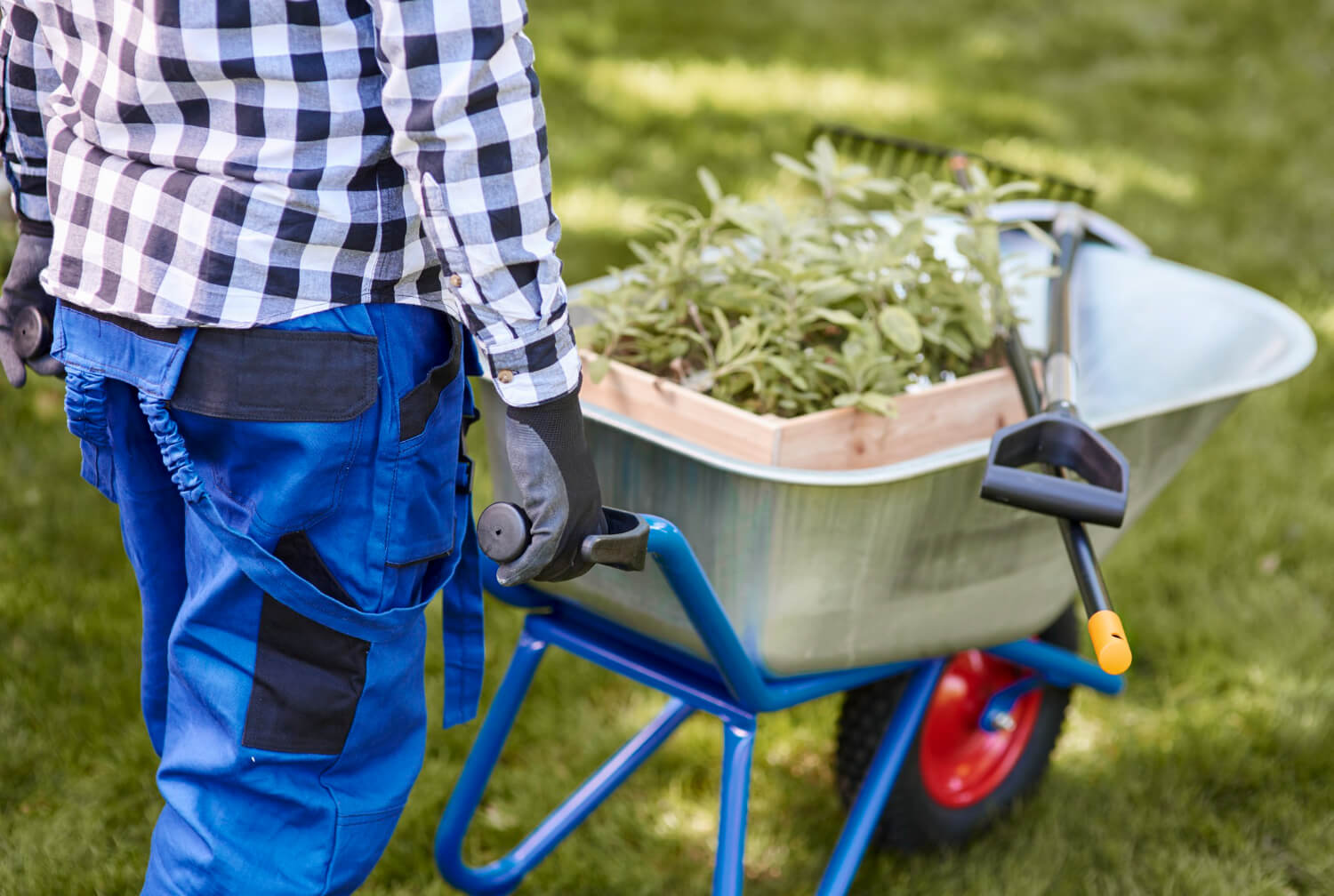Gardening, a fusion of art and nature, offers a sanctuary of tranquillity and beauty. However, maintaining this slice of paradise involves costs influenced by various factors. This article delves into the intricacies of garden maintenance expenses, drawing insights from industry-leading sources like Lawn and Reticulation, Airtasker, and Yellowstone Landscape. We aim to provide a comprehensive understanding of what drives these costs, ensuring your garden remains a source of joy, not financial strain.
Size and Scope of the Garden
The size of your garden is a primary factor impacting maintenance costs. Larger gardens require more time, labor, and materials. This includes lawn mowing, weeding, and plant care. A bigger space might also necessitate specialised equipment, further increasing expenses.
Type and Variety of Plants
Gardens boasting a wide variety of plants, especially exotic or high-maintenance species, can significantly raise maintenance costs. These plants often require specific care routines, including unique fertilisers, pest control measures, and pruning techniques.
Local Climate and Weather Conditions
Your local climate plays a crucial role in garden maintenance. Gardens in areas with extreme weather conditions might need more frequent care to combat issues like drought, frost, or excessive rainfall. This can lead to higher water usage, soil treatment, and even replanting costs.
Frequency of Maintenance
The regularity of garden upkeep also affects your expenses. Opting for weekly maintenance ensures a pristine garden but at a higher cost. Conversely, less frequent care might save money short-term but could lead to larger, more expensive issues down the road.
Labor Costs
Labor costs vary based on your location and the expertise of the gardeners. Professional services often charge more, but their expertise can prevent costly mistakes. It’s essential to balance cost with quality to ensure your garden gets the care it needs.
Equipment and Materials
The quality and type of equipment and materials used in garden maintenance can also influence costs. High-quality, sustainable materials might have a higher upfront cost but can save money in the long run due to their durability and efficiency.
Accessibility and Layout of the Garden
The design and accessibility of your garden can impact maintenance costs. Complex layouts with hard-to-reach areas might require more time and specialised equipment, increasing expenses.
Garden’s Purpose and Aesthetic Goals
Whether your garden is a simple lawn or a sophisticated landscape design influences maintenance costs. More elaborate designs with features like water elements or specific aesthetic themes often require specialised care and thus, higher expenses.
Special Features and Additional Services
Gardens with special features like ponds, sculptures, or lighting systems may incur additional maintenance costs. Regular checks and specialised care for these features can add to your overall expenses.
DIY Vs. Professional Lawn Care
When contemplating garden maintenance, the choice between DIY and professional care is pivotal. While handling garden care yourself can be cost-effective, it requires time, knowledge, and effort. Professional services, although more expensive, offer expertise and convenience. This decision should align with your budget, time availability, and desired garden quality.
Conclusion
Garden maintenance costs are influenced by a myriad of factors, from the size and complexity of your garden to the frequency and type of care it receives. Understanding these elements helps in planning and budgeting for your garden’s upkeep, ensuring it remains a delightful, stress-free haven.
FAQs
✓What impacts the cost of garden maintenance the most?
The most significant factors include the size and layout of the garden, the variety of plants, and the frequency of maintenance services.
✓Can choosing native plants reduce maintenance costs?
Yes, native plants are better adapted to the local environment, often requiring less water, fertiliser, and pest control, thereby reducing maintenance costs.
✓Is it more cost-effective to maintain a garden frequently or occasionally?
Regular maintenance can prevent larger, more expensive issues from developing, potentially making it more cost-effective in the long run.
✓How does the choice between DIY and professional garden care impact costs?
DIY garden care can be less expensive but requires personal time and effort. Professional services, while more costly, provide expertise and can ensure the garden is maintained efficiently and effectively.






